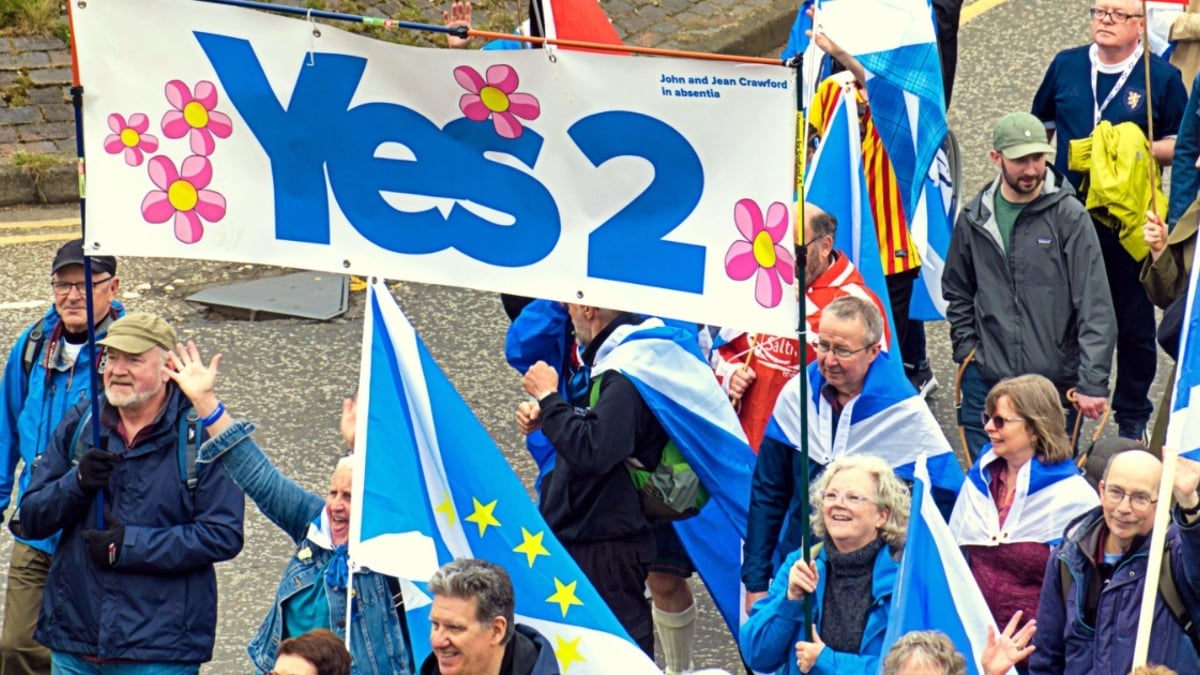Scottish Independence Odds Worsen After SNP Election Disaster

Betting sites have shifted their odds on a future Scottish independence referendum backing a breakaway from the UK following a harrowing night for the SNP in July’s general election.
The Scottish National Party saw their representation in Westminster fall from 43 seats at the dissolution of Parliament to just nine.
Labour claimed 37 seats across Scotland to become the dominant party north of the border once again.
The results have cast fresh doubt into Scotland’s appetite for independence at a time when the spiralling cost of living has gripped the country.
Political betting sites keeping track of the IndyRef II odds have generally tried to keep their markets even, suggesting there is a near 50/50 chance of the vote going either way.
But the odds have now firmly swung in favour of voting against independence were a referendum on the subject ever to be held.
* To be in with a chance of winning a fabulous trip to Las Vegas, along with £2,000 spending money, enter our competition below. T&Cs apply.
Scottish Independence Odds
Indeed, one of the betting apps price a pro-independence result at 11/10, while Scotland is 4/6 to vote in favour of remaining part of the UK.
Those odds suggest a 60% likelihood of voting against independence, which is actually greater than most opinion polls. Data collected before the election suggests a No vote leads the debate by between two and 11 percentage points.
The future of Scottish independence looks bleak right now. Ladbrokes reckon there will definitely be no referendum in 2024, with odds of 1/100 that the next one will be next year or beyond.
In reality, it seems unlikely that Scotland will vote on this issue in this parliament.
When Will IndyRef II Happen?
The problem for the SNP isn’t just that they lost most of their seats in Westminster, but that Labour’s revival could spell disaster at the next Scottish Parliament elections in 2026.
First minister John Swinney may not have been in the job for long but the scale of the task at hand to save the SNP vote is enormous.
The SNP have 63 seats in Holyrood, while the Tories sit on 31 and Labour have 22. It’s almost certain that SNP voters will shift back to Labour and plump up Anas Sarwar’s numbers – perhaps to the extent that Labour become the majority party.
Having Labour majorities in Scotland and Westminster would effectively silence calls for IndyRef II for at least a decade.
Westminster’s position has always been that a second referendum would only be countenanced if polls suggested a Yes vote would definitely win. That probably means +65%, which Yes is nowhere near right now.
The next UK election is not until 2029 and Labour are likely to win that too, according to our 2029 election odds.
However, it’s practically immaterial what happens in London. The debate has to be had, and won, in Scotland first before Westminster looks into it.
This is where the SNP are in a bind. The party may be under new leadership but attention has swung to Labour as the core anti-Tory vote, not them.
Labour will need to begin delivering on its range of reforms to show Scottish voters that they can be trusted with the economy.
It is possible, too, that Sir Keir Starmer opens the door to move devolution as a means of softening the independence movement. But Labour don’t really need to do that. They are the party in government and could, in 2026, rule Holyrood too.
They said in 2014 that the first independence referendum was a once-in-a-generation vote. Looking at the odds and polls, that appears to be correct.
Stay In The Loop With Free Bets, Insider Tips & More!
Live Betting. Sports Promos. Sent Weekly.












